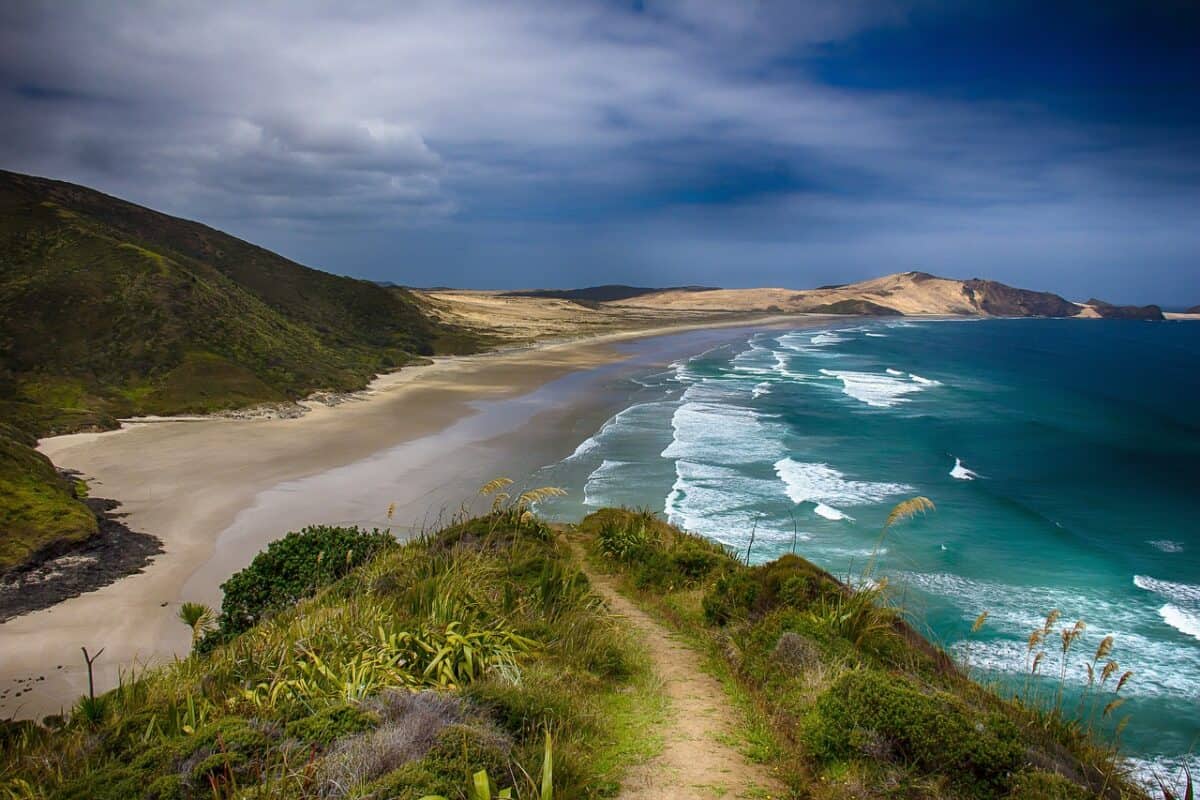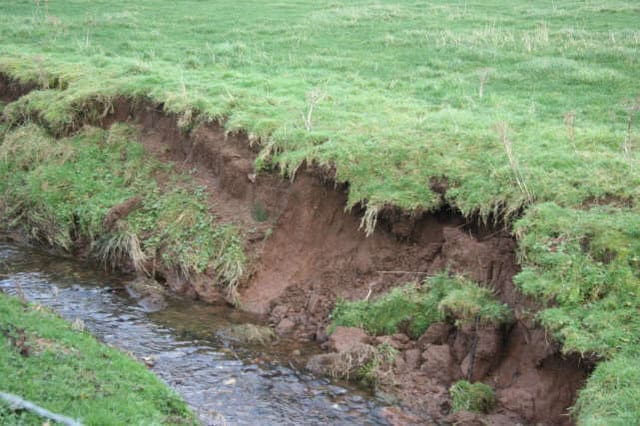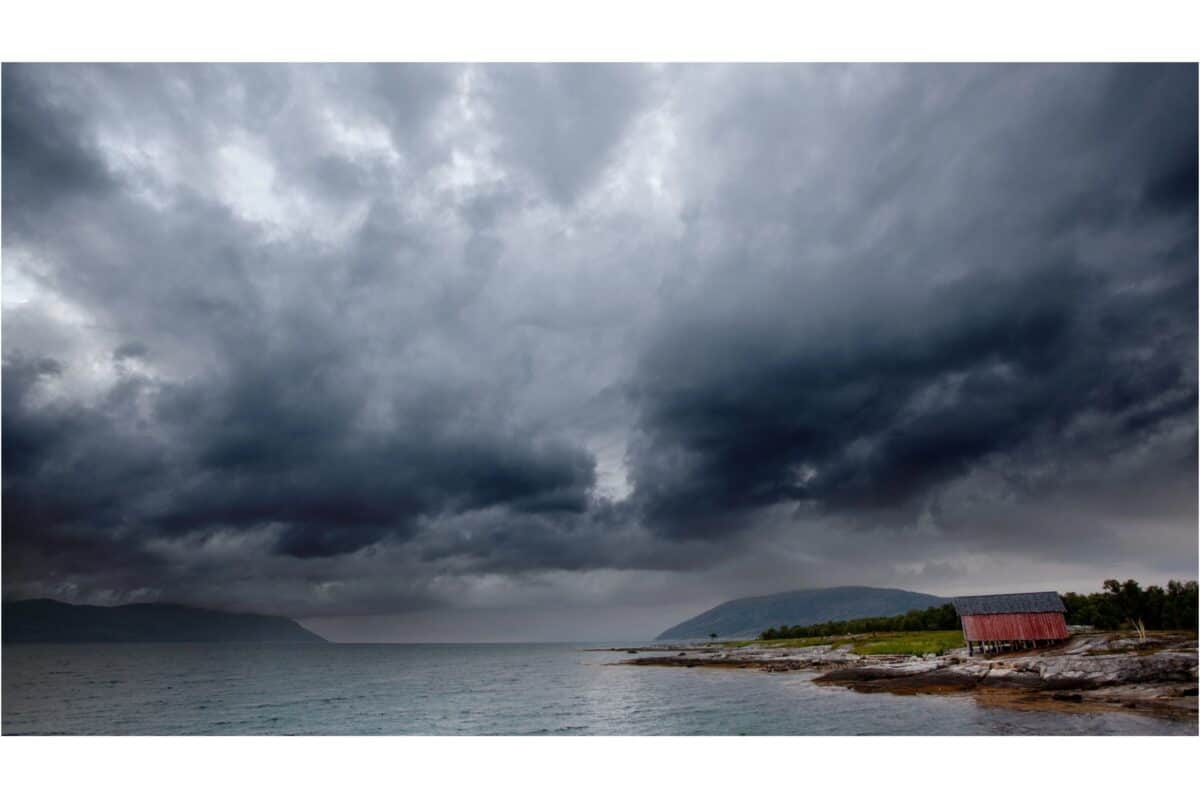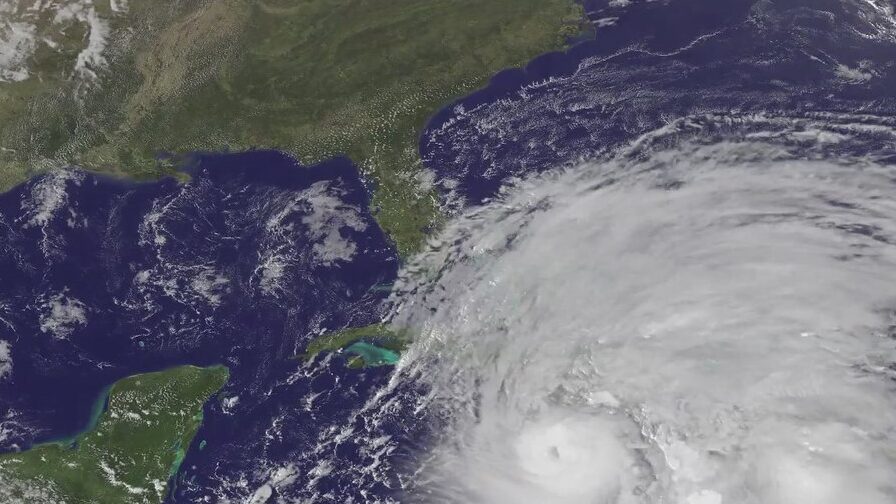Understanding the dynamic nature of our planet is crucial, particularly when it comes to the ever-evolving landscapes shaped by both natural and anthropogenic forces. Among the most powerful natural phenomena responsible for significant changes in coastal geography are superstorms. These formidable weather events wield the power to reshape coastlines dramatically, leaving lasting impacts on both the environment and human societies. This article delves into the intricate ways superstorms have transformed shorelines, offering insightful perspectives on the historical and ongoing influences of these colossal storms.
The Nature of Superstorms

Superstorms are intense weather systems characterized by their ferocity, size, and destructive potential. Unlike typical storms, superstorms combine elements of hurricanes, typhoons, and other severe meteorological conditions. They often bring prolonged heavy rainfall, powerful winds, and massive storm surges, making them capable of inflicting substantial damage on coastal areas.
The Formation of Superstorms

Superstorms commonly form over warm ocean waters, where high humidity and rising air create ideal conditions for storm intensification. The Coriolis effect helps these systems organize and rotate, enhancing their strength. As they draw energy from the warm seas, superstorms expand, becoming fierce entities that can cover vast areas.
Historical Superstorm Events

Throughout history, superstorms have left indelible marks on coastlines worldwide. One notable event was the 1991 “Perfect Storm,” which wreaked havoc along the East Coast of the United States. The most infamous, however, might be Hurricane Katrina in 2005, which drastically altered the Gulf Coast’s landscape, demonstrating the sheer power of such storms.
Immediate Impacts on Coastlines

When superstorms make landfall, their immediate impact is often catastrophic. The combination of high winds and torrential rain can strip beaches of sand, erose cliffs, and shift dunes. Coastal buffer zones like wetlands and barrier islands often bear the brunt of these powerful forces, leading to reshaping and in some cases, the disappearance of landforms.
Long-Term Geological Changes

The alterations that superstorms bring to coastlines are not only immediate but can also induce long-term geological changes. Storm surges deposit sediments in new locations while eroding others, potentially resulting in new land formations over time. These changes can alter tidal patterns and influence future storm surge behavior.
Impact on Coastal Habitats

Superstorms significantly impact coastal habitats, affecting both terrestrial and marine ecosystems. Erosion can destroy habitats like mangroves and coral reefs, while flooding affects salinity levels, influencing species composition. These changes can have cascading effects on biodiversity and ecosystem health.
Human Adaptation and Response

In response to the threats posed by superstorms, human communities have had to adapt. This adaptation includes constructing stronger buildings, developing better early warning systems, and implementing strategic planning for coastal defense structures. Understanding and forecasting the impacts of superstorms are crucial for mitigating their effects on human societies.
Economic Impacts of Coastal Changes

Superstorms can have multi-billion-dollar impacts on economies, particularly in coastal regions reliant on tourism, fishing, and shipping. The destruction of infrastructure and property, coupled with the cost of rebuilding, poses significant challenges for local and national economies. Additionally, changes in coastline geography can affect shipping routes and ports.
Scientific Efforts in Studying Superstorms

Advancements in meteorology and earth sciences have allowed scientists to study superstorms more effectively. Satellite technology, computer modeling, and historical data analysis are invaluable in predicting storm patterns and understanding their potential impacts. These efforts are vital for improving resilience and preparedness.
Superstorms and Climate Change

Climate change plays a significant role in the frequency and intensity of superstorms. Rising sea temperatures fuel stronger storms, while melting polar ice contributes to higher sea levels, exacerbating storm surge effects. Addressing climate change is crucial for managing future superstorm risks.
Case Study on Superstorm Sandy

Superstorm Sandy in 2012 serves as a poignant case study of a superstorm’s transformative impact. Sandy caused severe coastal erosion and flooding in the northeastern United States, particularly affecting New Jersey and New York. The storm highlighted the vulnerabilities of heavily populated coastal areas and underscored the need for improved urban planning and infrastructure resilience.
Future Perspectives

As the world continues to grapple with climate change and its effects, the reshaping of coastlines by superstorms is likely to become more pronounced. Preparing for these changes requires integrated approaches that consider environmental, social, and economic dimensions. Predictive modeling and sustainable development practices will be key in adapting to the shifting coastal landscapes.
In conclusion, superstorms have always been formidable forces capable of reshaping coastlines and influencing the course of human history. Their impacts are both immediate and long-lasting, affecting ecosystems, economies, and communities. Understanding the dynamics of superstorms and adapting to the changes they bring is paramount in ensuring resilience and sustainability for future generations.
- 15 Tips for Managing Spider Infestations During Storm Season - August 8, 2025
- How Superstorms Have Reshaped Coastlines Over Time - August 8, 2025
- The Biggest Moose Ever Recorded in the US - August 8, 2025

